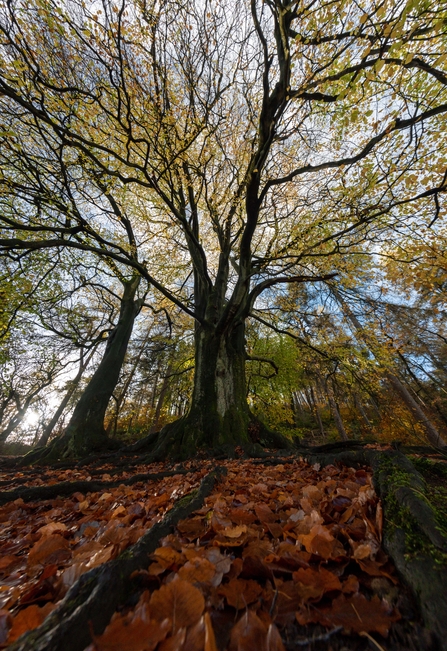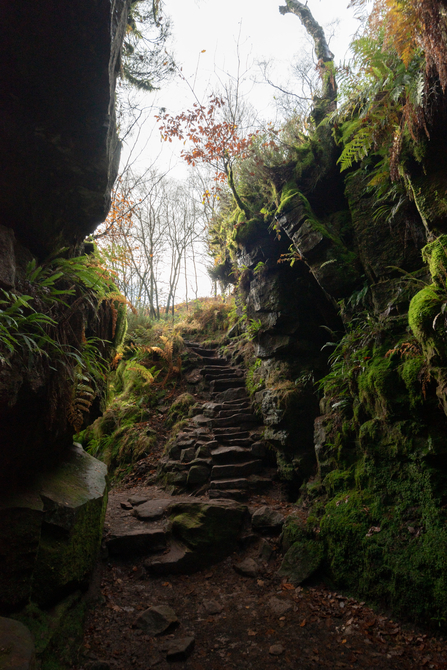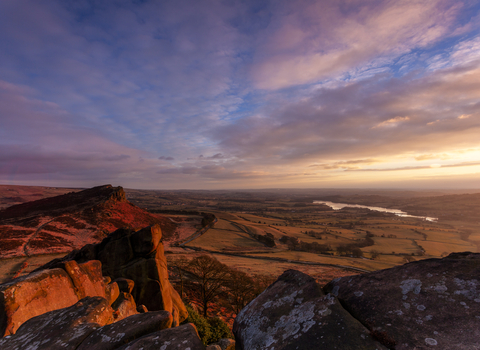Never been to Lud's Church? And always wondered what is so special about it? Yes me too!
Now is your chance to find out more... So grab a cuppa and join me as I blog about my first visit to this ancient marvel of geology. Myself and my colleagues Christine and Tom (the Marketing and Communications Team) recently enjoyed a team walk here and I thought it would be good to share some highlights with you.
There are photos galore and an immersive 360 degree video, so even if you’re not up to hiking to this wonderful place, we hope you can get a sense of its unique charm and enjoy hearing all about it digitally.
With shorter daylight hours and colder, wetter and often unpredictable weather, it’s tempting not to venture out on longer walks or explore new places. But in Lud’s Church it’s always wet, so it’s somewhere you can enjoy during any season.




















